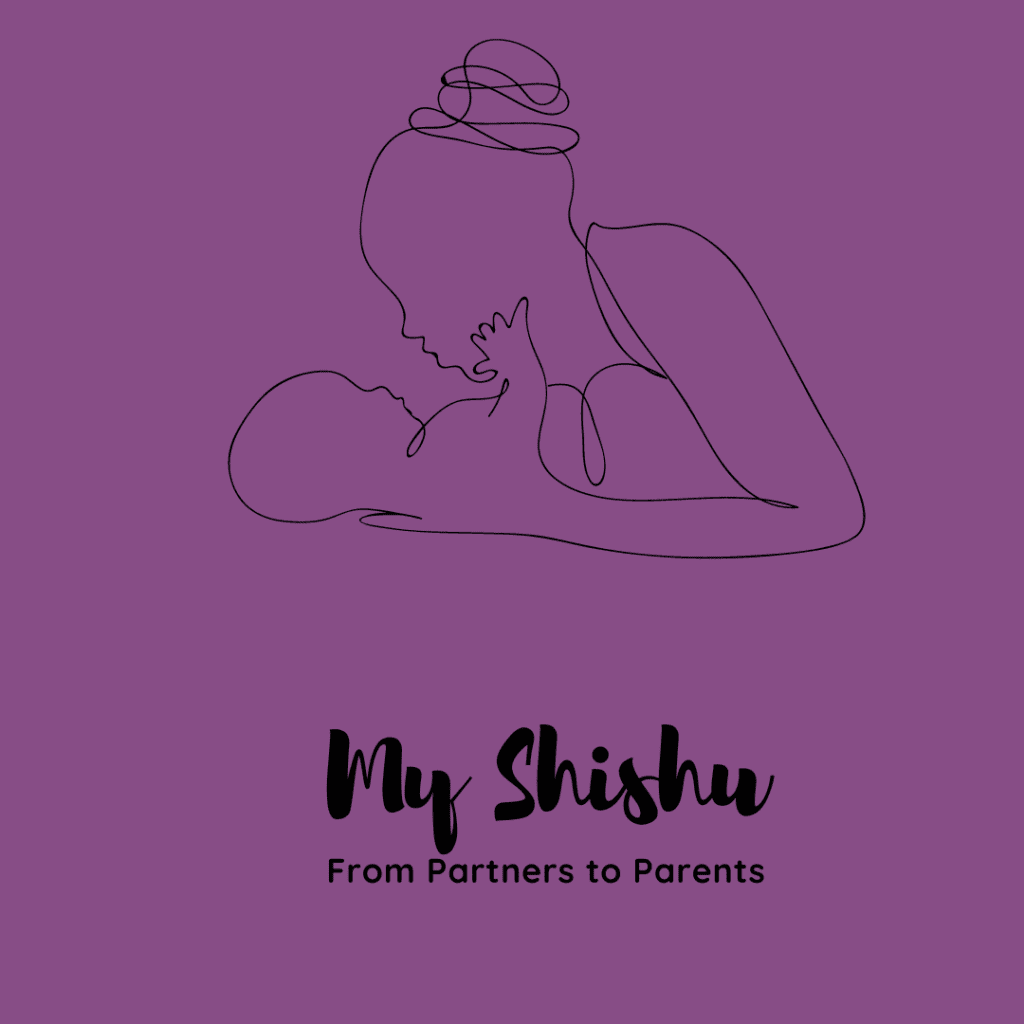Contraception barrier methods
Welcome back to MyShishu, your go-to hub for parenting wisdom. Today, we delve into a crucial aspect of family planning—Barrier Contraception Methods. As parents navigating the intricate journey of parenthood, understanding non-hormonal birth control options becomes paramount. Join us on this exploration of barrier methods designed to establish a physical shield, preventing sperm from reaching the egg.
Table of Contents
- Unveiling Barrier Contraception: Fortifying Your Parenthood Journey
- Exploring Contraception barrier methods: An In-Depth Overview
- Benefits of Contraception barrier methods: A Closer Examination
- Choosing the Contraception barrier methods: Key Considerations
- Conclusion: Contraception barrier methods
Unveiling Barrier Contraception: Fortifying Your Parenthood Journey

Decoding Contraception barrier methods
Barrier methods stand out as non-hormonal options, offering a physical blockade against unintended pregnancies. These methods are tailored to intercept sperm, thwarting their journey to unite with the egg. MyShishu is committed to empowering parents with knowledge, ensuring informed choices aligned with their family planning objectives.
Exploring Contraception barrier methods: An In-Depth Overview
1. Male Condoms:
- Design: Worn on the penis.
- Material: Latex or non-latex.
- Function: Acts as a barrier, preventing sperm entry.
2. Female Condoms:
- Application: Inserted into the vagina, covering the cervix.
- Role: Creates a protective barrier against sperm.
3. Diaphragms and Cervical Caps:
- Form: Dome-shaped devices.
- Placement: Fit over the cervix.
- Usage: Paired with spermicide for enhanced effectiveness.
4. Contraceptive Sponges:
- Composition: Soft, disposable devices.
- Integration: Contains spermicide.
- Insertion: Placed into the vagina, creating a barrier.
5. Spermicides:
- Nature: Chemical agents.
- Forms: Foams, creams, gels, suppositories.
- Function: Kill or immobilize sperm.
Benefits of Contraception barrier methods: A Closer Examination
“Contraceptives are the greatest life saving, poverty ending, women empowering innovation that ever created.”
1. Non-Hormonal Approach:
- Barrier methods refrain from interfering with the body’s hormonal balance, making them suitable for individuals sensitive to hormonal changes.
2. Dual Protection:
- Male and female condoms provide an additional layer of protection against sexually transmitted infections (STIs).
3. Reversible Options:
- Unlike permanent methods, barrier options offer reversibility, allowing flexibility in family planning.
4. Minimal Side Effects:
- With no hormonal components, barrier methods generally entail fewer side effects compared to hormonal contraceptives.
Choosing the Contraception barrier methods: Key Considerations
“Nothing should ever come in between you and your healthy life, not even unwanted pregnancies.”
1. Comfort and Fit:
- Opt for a method ensuring comfort and a secure fit, promoting optimal effectiveness.
2. Sensitivities and Allergies:
- Individuals with latex allergies can choose non-latex alternatives, ensuring a safe experience.
3. Ease of Use:
- Consider the convenience of use, as some methods may require more preparation than others.
4. Dual Protection:
- If protection against STIs is a priority, condoms, both male and female, are essential choices.
Conclusion: Contraception barrier methods
In conclusion, barrier contraception methods emerge as guardians in the realm of family planning, offering a protective shield against unplanned pregnancies. MyShishu encourages parents to explore these non-hormonal options, understanding their benefits and choosing the method that aligns with their unique circumstances.
Quiz Time: Test Your Knowledge on Barrier Contraception!
Question 1: What is the primary function of barrier contraception methods?
- A) Regulate hormonal balance
- B) Physically block sperm
- C) Enhance fertility
Question 2: Which barrier method provides dual protection against both pregnancies and STIs?
- A) Diaphragms
- B) Contraceptive sponges
- C) Male condoms
Question 3: Why are barrier methods considered reversible?
- A) They are not permanent
- B) They are hormone-free
- C) They have minimal side effects
Answers: 1-B, 2-C, 3-A
Celebrate each step of your child’s journey and remember that parenting is an ever-evolving adventure. Stay tuned for more insightful blogs from MyShishu!
Explore our range of courses on new-age parenting at New-Age Parenting | Modern Parenting Styles | MYSHISHU.
For additional parenting insights and valuable information, check out our blog “Cry, Feeding and Weaning of Newborn Baby” at Cry, Feeding and Weaning of Newborn Baby – My Shishu.
Hope you’ve enjoyed the blog “Contraception barrier methods”. Happy Parenting!











